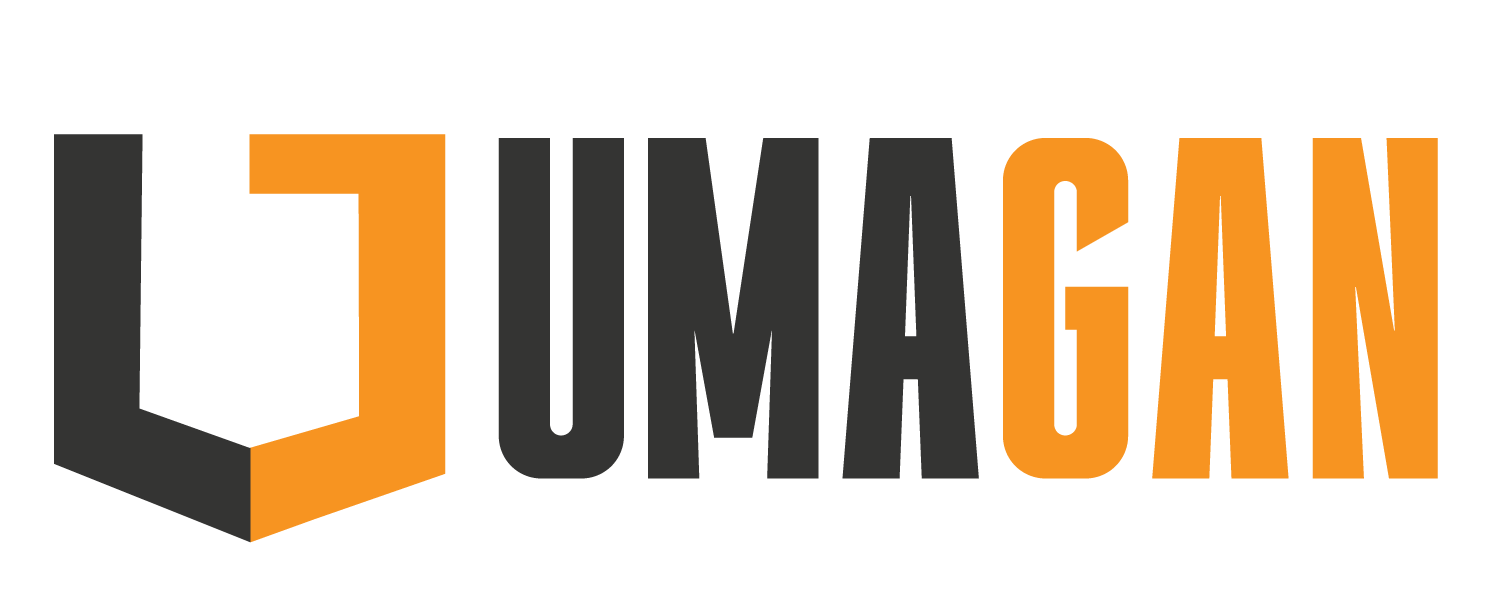From Idea to Impact: A Custom Software Project Journey
In the ever-evolving world of business, the need for custom software solutions is ever-present. Off-the-shelf software might seem like a quick fix, but it often lacks the flexibility and functionality required to address unique business challenges. This is where custom software development steps in, offering a tailor-made approach to bridge the gap between business needs and technological solutions.
This blog post delves into the captivating story of a custom software project, chronicling its journey from conception to successful implementation. We’ll explore:
- The Challenge: Identifying the Need for Custom Software: Understanding the specific business problem that sparked the need for a custom solution.
- The Discovery Phase: Defining Requirements and Goals: Delving into the process of gathering requirements, identifying functionalities, and outlining project objectives.
- The Development Process: Building the Software: Unveiling the development stages, technologies used, and the collaborative effort involved in bringing the software to life.
- Overcoming Obstacles: Challenges and Solutions: Exploring the hurdles encountered during development and the strategies implemented to overcome them.
- Deployment and Beyond: Launch and Ongoing Support: Discussing the software’s successful deployment, user training, and the importance of ongoing maintenance and support.
By the end of this journey, you’ll gain valuable insights into the intricacies of custom software development. This story will serve as a roadmap, highlighting the potential benefits and potential challenges involved in the process. So, buckle up and get ready to witness the transformation of a business idea into a powerful software solution.
The Challenge: Identifying the Need for Custom Software
The Company: Acme Inc., a rapidly growing retail chain struggling to manage inventory across multiple stores. Their existing system was outdated, inefficient, and lacked real-time data visibility. This resulted in stockouts, overstocking, and inaccurate order fulfillment, impacting customer satisfaction and profitability.
The Problem: Acme Inc. needed a robust inventory management system to:
- Centralize inventory data: Track stock levels across all stores in real-time.
- Automate inventory processes: Streamline stock ordering, replenishment, and receiving.
- Generate data-driven insights: Gain visibility into sales trends and optimize inventory allocation.
The Solution: A custom-built inventory management software solution designed to address Acme Inc.’s specific needs and integrate seamlessly with their existing systems.
The Discovery Phase: Defining Requirements and Goals
The project began with a thorough discovery phase. This involved:
- Understanding Business Needs: The development team conducted in-depth interviews with key stakeholders at Acme Inc. to understand their current workflow, pain points, and desired functionalities.
- Defining Requirements: Based on the gathered information, a detailed list of features and functionalities for the custom software was created. This list outlined functionalities essential for inventory management, reporting, and data analysis.
- Setting Project Goals: Specific, measurable, achievable, relevant, and time-bound (SMART) goals were established for the project. These goals focused on improved inventory accuracy, reduced stockouts, and enhanced decision-making capabilities.
- Technology Stack Selection: The development team, in collaboration with Acme Inc., selected the most suitable technologies for the project. This decision considered factors like scalability, security, and integration with existing systems.
Through meticulous planning and a collaborative approach, a clear roadmap for the custom software development project was established. This phase laid the foundation for a successful implementation.
The Development Process: Building the Software
With a well-defined plan in place, the development process commenced. Here’s a glimpse into the key stages:
- Development: Skilled developers utilized the chosen technology stack to build the software, implementing the functionalities outlined in the requirements document.
- Agile Methodology: An Agile development methodology was adopted to ensure flexibility and continuous improvement. This approach allowed for ongoing feedback from Acme Inc., enabling the team to adapt to evolving needs.
- Testing and Quality Assurance: Rigorous testing procedures were conducted throughout the development cycle to ensure the software functioned as intended and was free of bugs.
- User Interface and User Experience (UI/UX) Design: A user-friendly and intuitive UI/UX was designed to provide a seamless user experience for Acme Inc.’s employees.
- Integration with Existing Systems: The custom software was seamlessly integrated with Acme Inc.’s existing systems, such as their point-of-sale (POS) system and accounting software. This ensured data flowed smoothly between various platforms for a centralized view of operations.
- Communication and Collaboration: Open and consistent communication between the development team and Acme Inc.’s stakeholders was paramount. Regular meetings, progress reports, and demonstrations facilitated transparency and ensured alignment with project goals.
Building the custom software involved a symphony of technical expertise, user-centric design, and collaborative effort. This collaborative approach ensured the final product addressed Acme Inc.’s specific needs and integrated seamlessly into their existing ecosystem.
Overcoming Obstacles: Challenges and Solutions
Even the most meticulously planned projects can encounter hurdles. Here are some of the challenges faced during the development of Acme Inc.’s custom inventory management software:
- Data Migration Challenge: Migrating a large volume of inventory data from the old system to the new software without disruption proved to be a complex task.
Solution: The development team implemented a phased data migration strategy, minimizing downtime and ensuring data integrity. This involved thorough data cleansing and validation procedures before migration.
- Integration Complexity: Integrating the custom software with Acme Inc.’s existing legacy systems presented a challenge due to compatibility issues.
Solution: The development team employed workarounds and utilized integration tools to bridge the gap between the new software and legacy systems. They also ensured proper data mapping to maintain data consistency across platforms.
- Scope Creep: As the project progressed, Acme Inc. identified additional functionalities they desired in the software. This could potentially delay the project timeline and increase costs.
Solution: The development team prioritized additional features based on their impact on project goals. Some features were tabled for future development phases to maintain the project’s scope and timeline.
Through proactive planning, effective communication, and a willingness to adapt, the development team successfully navigated these challenges. These solutions ensured the project stayed on track and delivered the core functionalities required by Acme Inc.
Deployment and Beyond: Launch and Ongoing Support
After rigorous testing and refinement, the custom inventory management software was successfully deployed. This phase involved:
- User Training: Acme Inc.’s employees received comprehensive training on using the new software. This training ensured they understood the functionalities and could leverage the software’s capabilities effectively.
- System Launch and Monitoring: The software was launched across all Acme Inc. stores, with the development team closely monitoring its performance and user adoption.
- Ongoing Maintenance and Support: A dedicated support team was established to address any issues or questions that might arise after deployment. This ensured the software continued to function optimally and adapt to evolving business needs.
The successful deployment of the custom software marked a significant milestone. However, the journey didn’t end there. Ongoing maintenance and support are crucial to ensure the software remains secure, updated, and aligned with Acme Inc.’s growing needs.
The Impact: A Success Story for Acme Inc.
Acme Inc.’s custom inventory management software delivered impactful results:
- Improved Inventory Accuracy: Real-time data visibility led to more accurate inventory levels, reducing stockouts and overstocking.
- Increased Efficiency: Automated processes streamlined inventory management, saving time and resources.
- Enhanced Decision-Making: Data-driven insights enabled Acme Inc. to optimize inventory allocation, purchasing decisions, and promotional strategies.
- Improved Customer Satisfaction: Reduced stockouts and faster order fulfillment resulted in enhanced customer satisfaction and loyalty.
The custom software empowered Acme Inc. to gain control over their inventory, optimize operations, and achieve significant business growth. This story exemplifies the transformative power of custom software solutions.
Conclusion: The Value of Custom Software Development
The journey of Acme Inc.’s custom software development project serves as a compelling illustration of the value proposition of custom-built solutions. Here are some key takeaways:
- Addressing Unique Needs: Off-the-shelf software might not cater to your specific business challenges. Custom software offers a tailored approach that bridges the gap between your needs and technology.
- Collaboration is Key: Successful custom software development thrives on open communication and collaboration between the development team and stakeholders.
- Embrace Challenges: Hurdles are inevitable during any project. Proactive planning, effective communication, and a willingness to adapt are essential for navigating these challenges and achieving success.
- Long-Term Investment: Custom software is an investment that pays off in the long run. The benefits of increased efficiency, improved decision-making, and enhanced customer satisfaction contribute to sustainable business growth.








